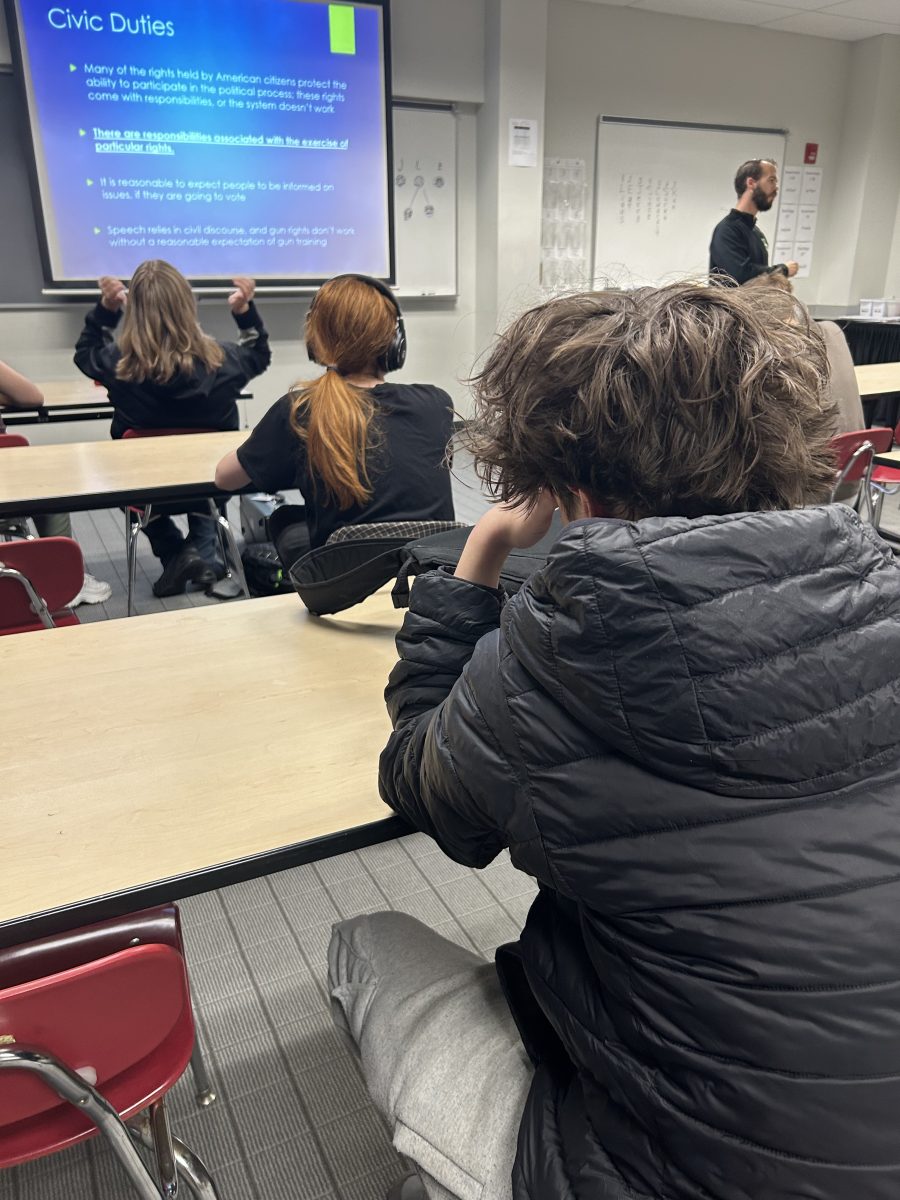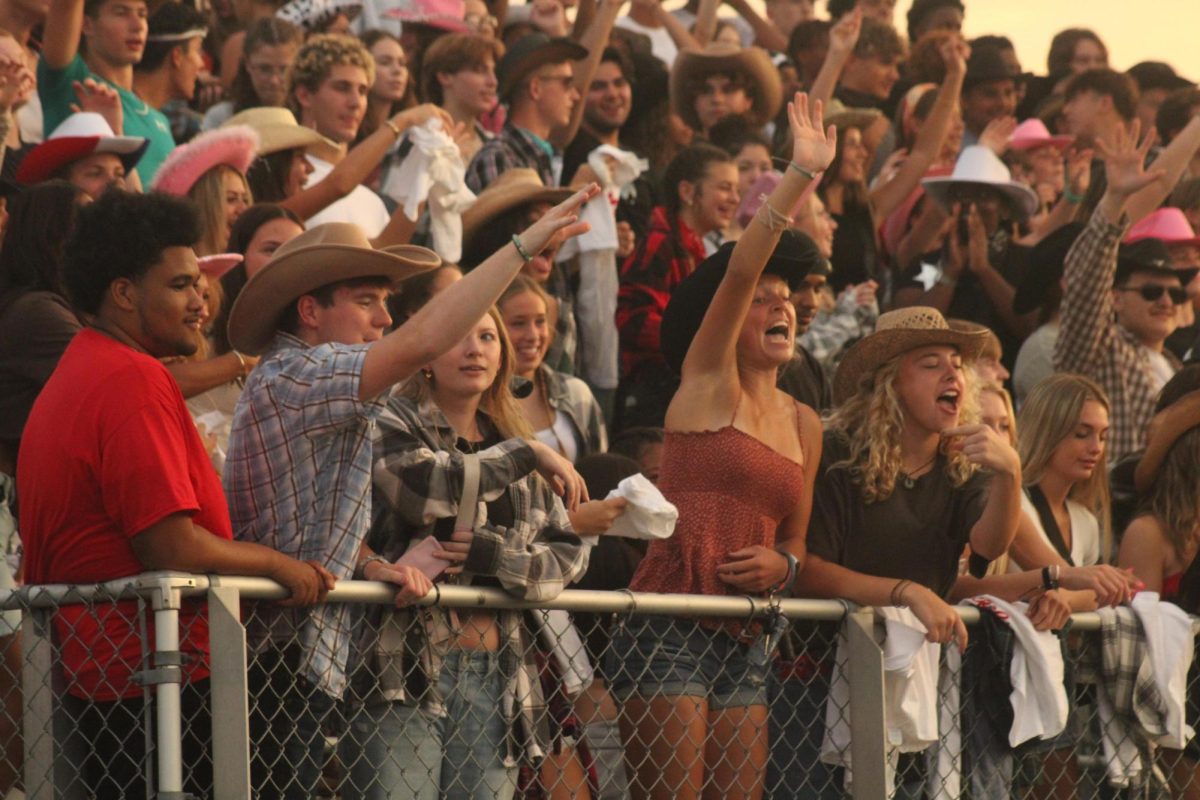When it comes to modern high school students, communicating a class schedule to parents can be a struggle. Today, most parents of high schoolers are unfamiliar with A-day B-day schedules and therefore have a hard time understanding why their child’s Tuesday schedule is different every other week.
Although many teens have become used to block schedules, the questionable reasoning behind them and the downsides of 90-minute class periods should be taken into consideration.
It is no secret that a large amount of time spent in 90-minute class periods is dedicated to work time, or dead air. Many teachers know and understand that students simply cannot spend an entire 90 minutes on focused learning, leading to down time that would be otherwise eradicated.
According to Samba Recovery, “The average 14-year-old teenager has a 28 to 42 minute attention span, and the average 16-year-old teenager has a 32 to 48 minute attention span.”
This means that the average high school student can only maintain focus on one subject at a time for roughly half of the time allotted to that subject in a block schedule. Indeed, this concept is far from foreign to the faculty of GlenOak High School.
“45 minute class periods are more likely to keep the attention of the people that you are trying to teach,” Social Studies teacher and host to both 45 minute and 90 minute class periods Zachary Hawkins said. “You get way more attention from the 45’s than you get from the 90’s.”
In addition to concerns about attention, attendance is also an issue when considering A-day B-day schedules. Only seeing a teacher every other day can make lost time in the classroom doubly devastating in many scenarios.
According to Educationworld.com, “Student absences create problems under block scheduling. … When a student misses one day of classes under block scheduling, the student misses the equivalent of two days of instruction under the traditional system. A weeklong absence means the student misses two weeks of material.”
So if 90 minute block periods are not working, why do schools not get rid of them? The answer is quite simple: money.
“The reason this was originally done is because it is cheaper. The reason it is cheaper is because you need half of the staff,” Hawkins said. “If you send the kids to 90 minute block schedules every other day, then you can double the number of students that are currently being taken care of by an individual teacher.”
The past couple of decades have no doubt been extremely difficult for school districts when it came to staffing issues. Study Halls have been fuller than ever and substitute teachers have never been in such short supply. With issues like these, it is not hard to imagine why the block schedule was created.
“A predominant downward trend in public school enrollment (accelerated by the pandemic) has resulted in historically low student-to-teacher ratios,” Education.ohio.gov said.
Although block schedules are a practical economic decision, the difficulty that comes to teachers and the lack thereof given to students cause serious doubts in this system.
These ideas are supported by Dr. Jason E Pappas in his article How a High School on Block Scheduling Can Help Solves Staff Shortages, “While block scheduling has many benefits, it is not without its challenges. One of the most significant challenges is that it requires a significant shift in teaching strategies. Teachers need to be prepared to teach longer lessons and find ways to keep students engaged for extended periods,” Pappas said.
Even though skinny periods may seem strange to the modern high school student, they may just be the best option for their learning and development. Block periods make it virtually impossible for students to extend their attention to the entire lesson, making both the lives of students and teachers more difficult. Additionally, classes on;y being held for long periods every other day makes missing a class much more difficult to make up for absent students.
Categories:
Block periods should be blocked
Block schedules have replaced standard schedules in most public schools, not for better, but for worse
Students participate in their 5th period government block class.
Story continues below advertisement
Donate to The Eagle
$532
$1000
Contributed
Our Goal
Your donation will support the student journalists of GlenOak High School. Your contribution will allow us to purchase equipment and cover our annual website hosting costs.
More to Discover
About the Contributor

Morgan Terakedis, Opinion/Entertainment Editor
Morgan Terakedis is a senior and it is her 2nd year on staff. She is involved in band. Outside of school Morgan enjoys working at a toy store, drumming and doing cosplay.







